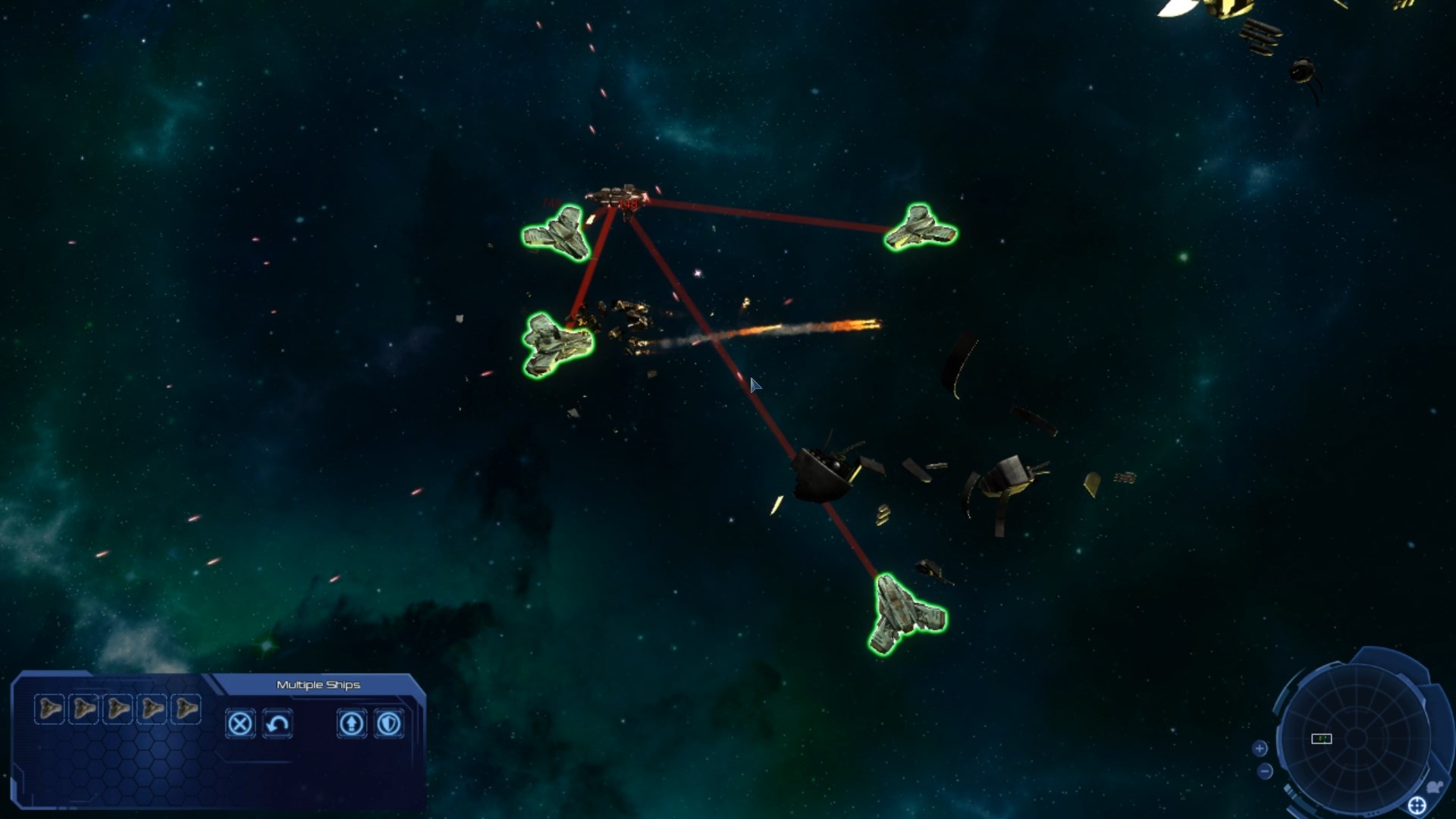
Limitations of synthesizers in 1973, so he developed a prototype polyphonic synthesizer (of course, Of course he was frustrated at the monophonic It looks like aĬannibalized ARP 2500 (in fact, he did cannibalize an ARP 2500, as parts of the synth are undeniablyĪRP 2500) with a bunch of unidentifiable stuff. Stardrive was the name of a custom-made synthesizer made by Robert Mason. Posted Thursday, Decem| Review this album | Report (Review #1496389) Not to everyone's taste, I admit, but I like it. Intergalactic Trot, no reason not to like this album. Given what he was capable on Intergalactic Trot, he obviously didn't change theįormula that much (other than no covers of other people's songs here), so if you like what's done on Other parts, including what looks like a knob taken from an EMS Synthi A or VCS-3). Synthesizer (consisting of parts and even keyboard taken from an ARP 2500 synthesizer as well as "Ballad" pieces that are just simply mellower pieces to calm you down after the intense playing.Īlso the music can seem cheesy or gimmicky to many, like Mr.
#Stardrive 2 not loading full
Again this album is full of wonderful, intense playing, with three different Like Intergalactic Trot, it's a strange mixture of spacy sci-fi electronic music, funk,įusion, and prog rock.

Unlike the previous album, this one's all originals. Many of the same musicians that appear on Intergalactic Trot are still present, but not Steve Gadd or Michael Brecker. It's likely his BS&TĪssociation that led him with a contract with Columbia, rather than continuing on with Elektra. Member of Blood, Sweat & Tears, appearing on their Mirror Image album. By this time he was recording for Columbia records, and a


 0 kommentar(er)
0 kommentar(er)
